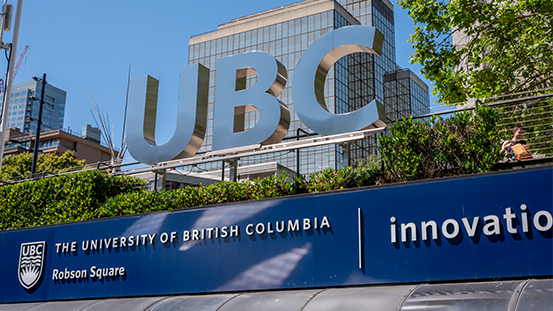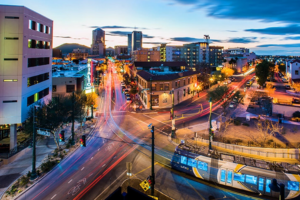
The Wesbrook Mall corridor, a major pedestrian and vehicle route, experiences high congestion, leading to safety concerns, increased emissions, and significant delays. To address these challenges, UBC partnered with NoTraffic, and UBC’s research and sustainability teams to pilot an optimized traffic management system designed to enhance campus safety, improve traffic flow, and reduce environmental impact.
Result: Measurable Improvements in Mobility and Sustainability
The deployment of NoTraffic’s adaptive signal control led to significant improvements in efficiency, safety, and environmental impact:
- Pedestrian Delay Reduction: The NoTraffic platform reduced pedestrian delays by 16-40%, enabling safer and faster crossings without increasing vehicle wait times.
- Vehicle Delay Reduction: Vehicle delays were also reduced by 7%, minimizing idle times and enhancing traffic flow during peak hours
- Environmental Impact: By cutting vehicle idling time, NoTraffic’s solution eliminated 74 metric tons of CO₂ annually
| Metric | Improvement (%) |
| Control Delay | 7% |
| Pedestrian Delay | 16-40% |
| Annual CO2 Reduction | 74 T |
Conclusion: A Model for Campus Mobility Infrastructure
The UBC Wesbrook Mall project highlights how adaptive traffic management technology can effectively address mobility and safety challenges in pedestrian-dense environments. By leveraging AI-driven optimization, UBC has demonstrated its commitment to sustainability, safety, and efficiency, setting a benchmark for other institutions.
“I’ve really noticed an improvement at the Agronomy signal as a cyclist. It’s awesome!”
UBC Community Member
For universities and municipalities facing similar challenges, the UBC case study provides a scalable, replicable model for optimizing urban mobility, improving campus accessibility, and fostering a safer, greener transportation ecosystem.







